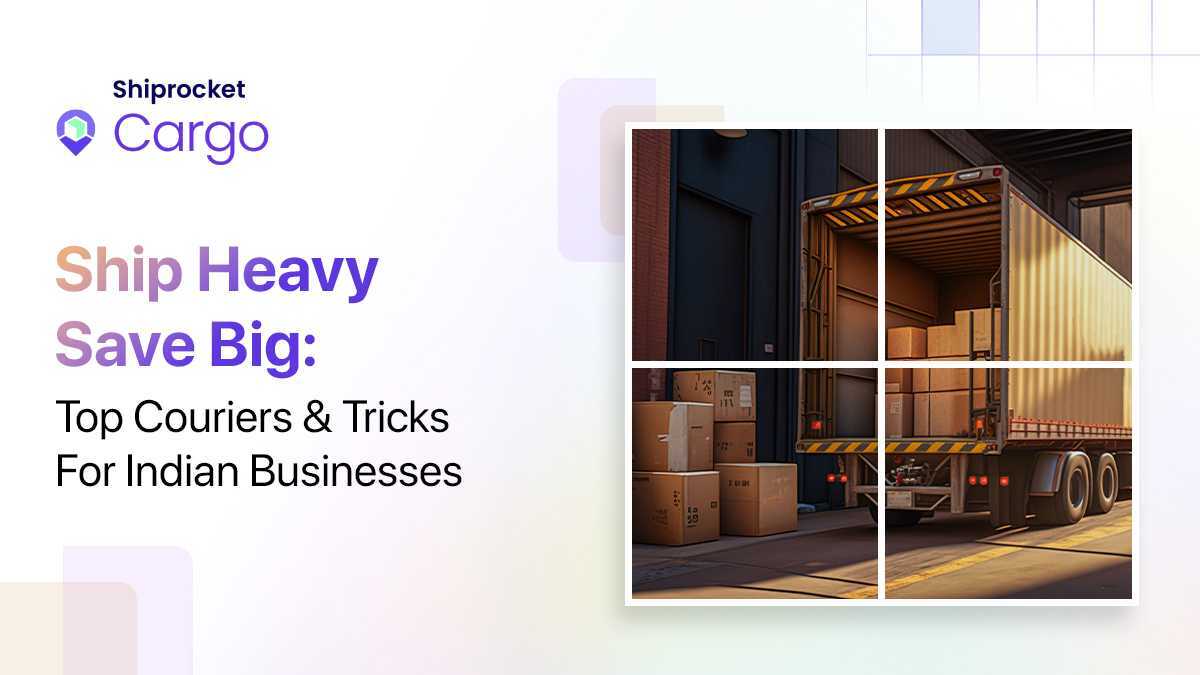5 Facts About Shipbuilding That Will Blow Your Mind

Meaning of Shipbuilding
Shipbuilding is the construction of large seagoing vessels, usually out of steel, but other materials such as wood and composites can also be utilised. On the other hand, boatbuilding is the construction of smaller vessels (usually up to 50 metres in length) using many similar components.
The Far East is currently dominating the global shipbuilding sector, with Chinese and South Korean shipbuilding rapidly exceeding the West’s. The UK shipbuilding industry consists of a small number of specialist shipyards that build ships for the Royal Navy, as well as smaller shipyards that manufacture smaller craft such as tugs, ferries, and coast guard vessels, as well as fishing and survey/research vessels. Both shipbuilding and boatbuilding entail producing related marine equipment, including sails, engines, electronics and other fittings.
Prefabricated pieces of the hull or superstructure are commonly used in modern shipbuilding, with sections of the hull or superstructure being manufactured elsewhere and then assembled at the shipyard. Equipment such as pipes, wires, and other smaller components may be put inside each block as part of this ‘block construction process to reduce the amount of labour required once the individual blocks have been combined.
Most ships have been made of welded steel since roughly 1940, while some of the earlier vessels had catastrophic failures. Constance Tipper of Cambridge University famously examined the problem and discovered that the fractures that caused the ships to break apart were caused by low-temperature embrittlement of the steel itself, not by the welds. As a result of this discovery, specialised steels resistant to thermal embrittlement, such as ABS Steels, are now utilised in ship construction.
What is Shipbuilding used for?
Large ships for both mercantile and military nautical requirements are built-in shipyards. This involves the construction of container and freight ships and passenger and naval ships.
Shipbuilders, also known as shipwrights, have been a part of human history for thousands of years, with evidence of ship hulls reaching 3100 BC in Ancient Egypt and patterns for early boats on Egyptian pottery dating back to 4000 BC.
Modern shipbuilding is mainly done in a shipyard and can be completed on-site by putting pre-assembled vessel pieces together.
Which Country is Famous for Shipbuilding?
Over the years, various countries have been known for their shipbuilding, but modern industrial shipbuilding has struggled in countries with high labour costs and where government subsidies have been abolished.
Although shipbuilding has declined in Europe over the last 50 years, it remains a vibrant centre for commercial shipbuilding, with over 150 large shipyards employing around 120,000 people. In terms of tonnage, Europe retains a 6% market share, with the industry staying vital in several nations, contributing to regional industrial infrastructures and national defence and security concerns. The construction of complicated boats, such as cruise ships, ferries, luxury yachts, and naval vessels, is the primary emphasis of shipbuilding in Europe.
Facts About Shipbuilding:

Ships are typically constructed in dry docks, where water is permitted to enter the dry dock when the shipbuilding is completed. Ships are built on an inclined ramp in some yards and slid into the water when finished. This method is not popular anymore. Here are five fascinating facts about shipyards.
Shipyards, often known as dockyards, are facilities for constructing and repairing ships. These are frequently found alongside tidal rivers with easy access to the sea or big beach ports. They contain devices for building vessels, placing them in or lifting them out of the water, and draining water around them to gain access.
The Biggest Shipyards are in Asia.
All 10 of the world’s most essential shipbuilding enterprises are based in Asia, with four of the top five in South Korea and the rest in China and Japan. Hyundai Heavy Industries operates the most critical yard in Ulsan, South Korea. The yard is about 2.5 miles long, employs over 60,000 workers, and manufactures large ships every 4 to 5 days.
The total US shipbuilding and ship repair business employs 110,000 people across 50 states and delivered a little over 1,000 vessels in 2014. Shipbuilders in Asia, particularly in South Korea, are primary.
The Biggest Shipyards are too small for some Ships.
Sumitomo Heavy Industries’ shipyards in Yokosuka, Kanagawa, Japan, created the Seawise Giant, the world’s largest ship. It took five years to build and was completed in 1979, initially as a crude oil carrier and then a container carrier. It possessed an 81-foot draught, making it impossible to transit the English Channel, the Panama Canal, or the Suez Canal.
It displaced nearly 650,000 tonnes in its 1,500-foot length when fully loaded. It sank during the Iran-Iraq war, but it was so large that it was rescued and eventually sold for scrap metal in 2009.
A Shipyard holds the World’s most Massive Crane.
Yantai Raffles shipyard in Shandong Province, China, is home to the world’s giant crane. Taisun is the name of the crane, which holds the Guinness World Record for the most significant lift at a little over 20,000 metric tonnes. With a height of 133 metres and a spread of 120 metres, it’s a gigantic twin gantry crane. It uses 50,000 metres of wire rope to complete its work, including the construction of offshore oil rigs and semi-submersibles. It was completed in 2009 and unveiled at a ceremony attended by about 600 people.
Shipbuilding is Dangerous
Shipyard workers, somewhat predictably, face everyday dangers to their lives and health. They must be physically fit and aware because their employment needs them to work outside in the elements.
Workers are sometimes perched high on bulkheads, fearing sheer drops, and crammed into tight places. Workers are constantly surrounded by cranes, massive moving objects, and dangerous equipment such as welding torches and riveters, putting them in danger. Falls are dangerous because they occur from a great height, resulting in broken backs and bones; drowning is also a possibility.
The U.S. Government is a Significant Shipbuilder
Most of the military’s ships, including aircraft carriers, are built by two huge American manufacturers. General Dynamics is responsible for them, and Huntingdon Ingalls Industries operates five private shipyards around the United States. In addition to these five yards, there are four government-owned and run shipyards in Pearl Harbour, mainly utilised for repair, maintenance, and modernisation.
Summary
The shipbuilding industry has been around for thousands of years, first serving as a means of exploration and discovery and later facilitating trade between local communities and then globally. It’s a big business that goes through booms and busts as global trade demand varies.
Workers have been exposed to the outdoors and the dangers associated with the usage of heavy machinery, specialised equipment, and large materials, frequently at a considerable height or in restricted areas.
On the other hand, the world’s shipyards are essential, supporting more than 50,000 merchant navy vessels today. Many of these bulk and container carriers efficiently transport shipping products and resources worldwide.



